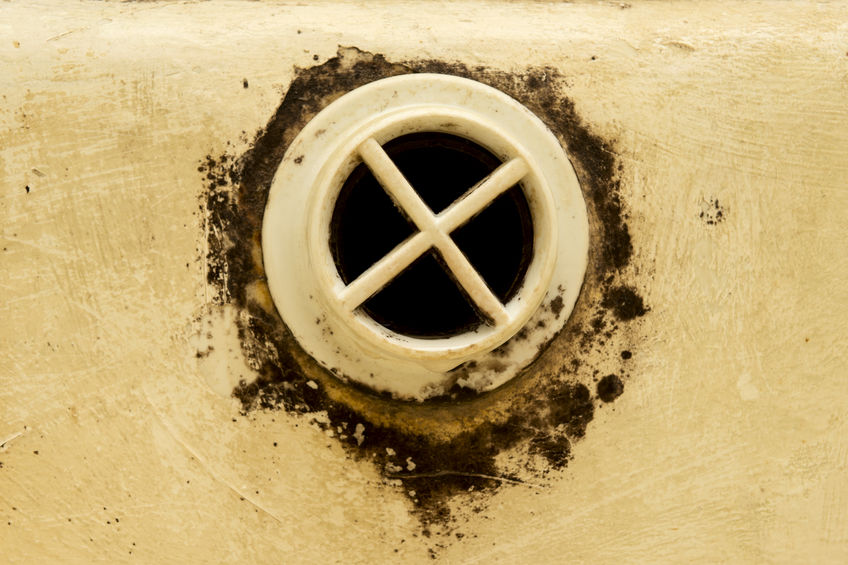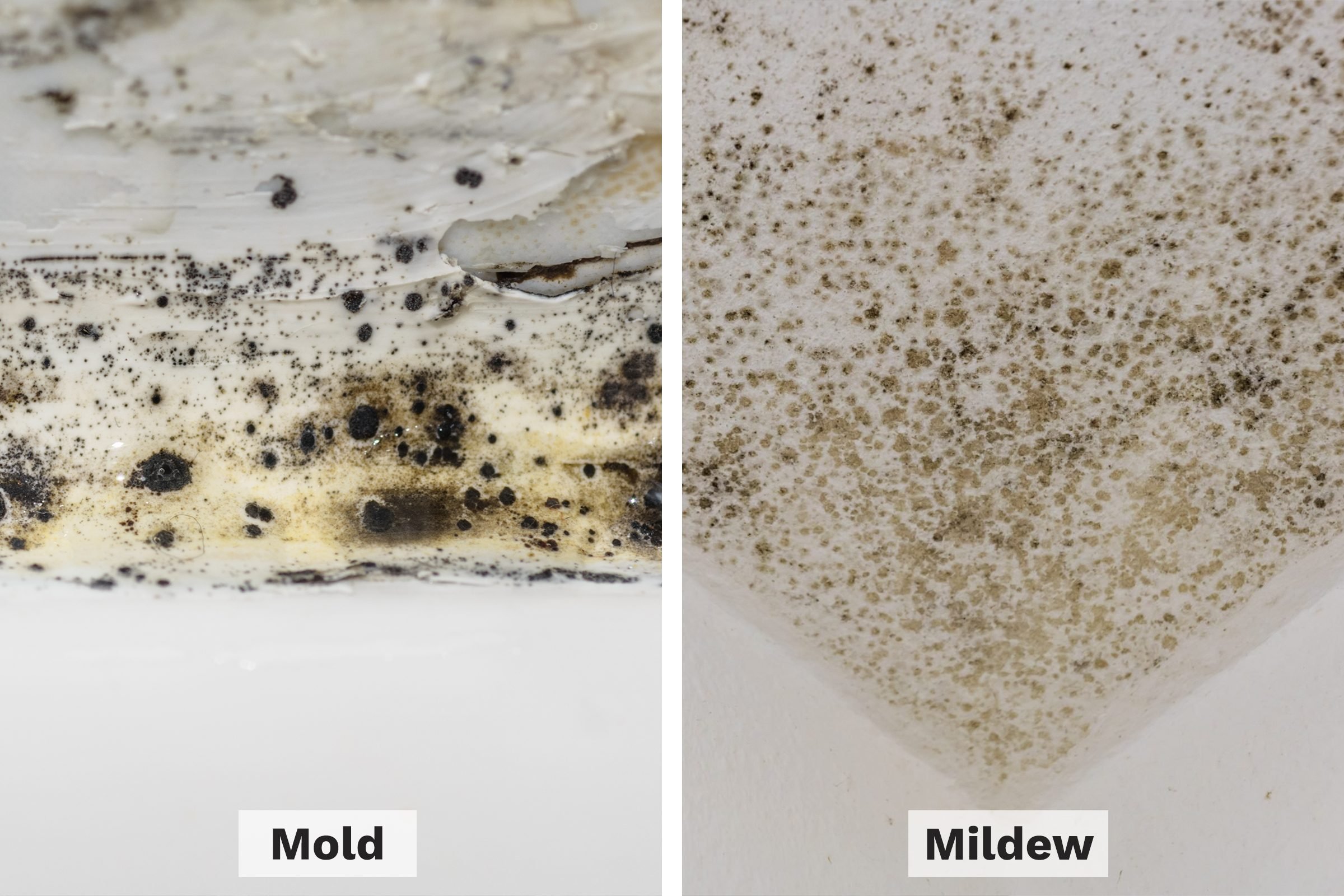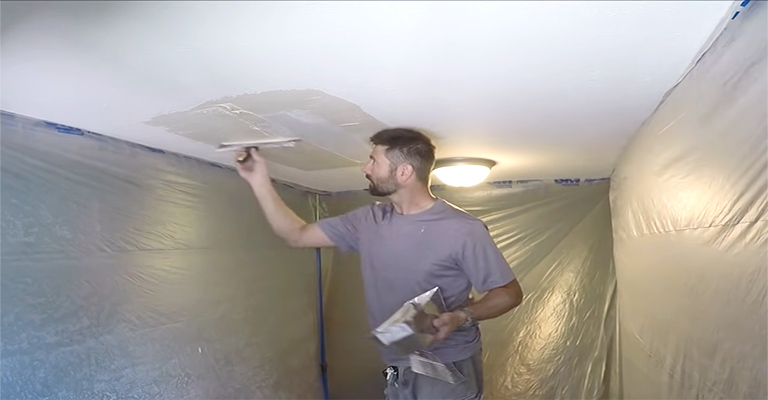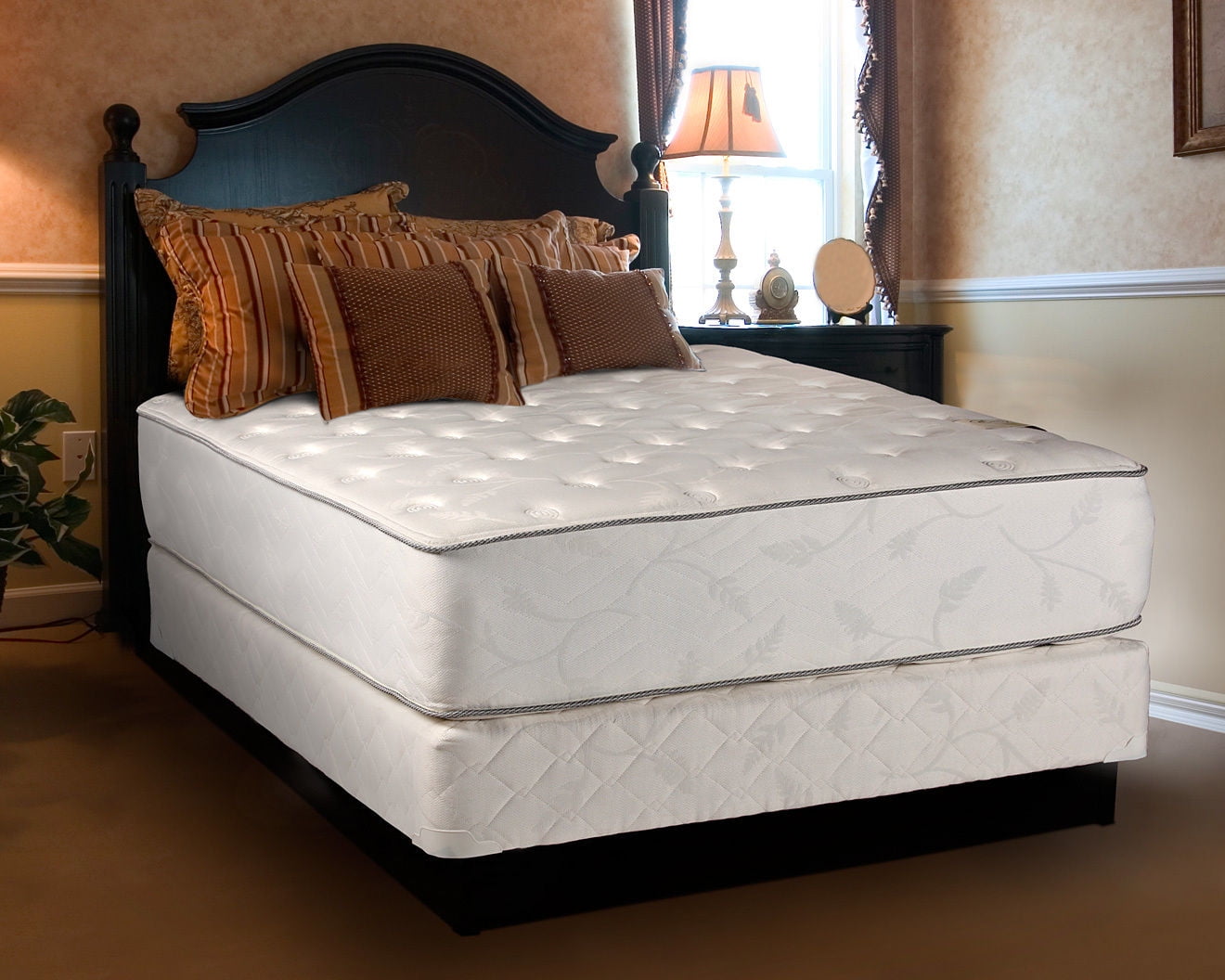A wet bathroom sink is not only a nuisance, but it can also lead to water damage and the growth of mold and mildew. That's why it's important to keep your bathroom sink dry and clean. Here are some tips to help you achieve a dry bathroom sink. Keep your bathroom sink dry with these tips
Water damage is a common problem in bathrooms, and the sink is one of the most vulnerable areas. To prevent water damage, make sure to fix any leaks or drips from the faucet and regularly check the pipes for any signs of damage. You can also use a waterproof sealant around the edges of your sink to prevent water from seeping into the counter or cabinets. How to prevent water damage in your bathroom sink
To keep your bathroom sink dry, it's important to wipe down the sink and surrounding area after every use. This will prevent any water from sitting and potentially causing damage. You can also invest in a sink mat or tray to catch any excess water and make for easy clean up. Additionally, make sure to clean your sink regularly to prevent the build-up of grime and soap scum, which can trap moisture. The best ways to keep your bathroom sink dry
If you notice your bathroom sink is constantly wet, it could be a sign of a larger issue. Check for any clogged drains or pipes, as this can cause water to back up and sit in the sink. You can also try adjusting the water pressure, as too high of pressure can lead to splashing and excess water on the sink. Simple solutions for a dry bathroom sink
Sometimes, it can be difficult to keep your bathroom sink dry, especially if you have a busy household. Here are some quick and easy hacks to help you keep your sink clean and dry: use a squeegee to quickly remove excess water, place a hair catcher in the drain to prevent clogs, and use a vinegar and water solution to remove any stubborn stains or build-up. Keep your bathroom sink dry and clean with these hacks
A dry bathroom sink not only looks clean and tidy, but it also prevents potential water damage and health hazards. Standing water can attract bacteria and mold, which can be harmful to your health. Plus, a dry sink means less cleaning and maintenance in the long run. The importance of keeping your bathroom sink dry
Mold and mildew thrive in moist environments, making your bathroom sink a prime breeding ground. To prevent the growth of these harmful substances, make sure to keep your sink dry and clean. You can also use a mold and mildew cleaner regularly to eliminate any existing growth and prevent future growth. How to avoid mold and mildew in your bathroom sink
In addition to wiping down your sink after use and fixing any leaks or clogs, there are other ways to maintain a dry bathroom sink. For example, make sure to air out your bathroom regularly to prevent humidity from building up. You can also use a dehumidifier if needed. Additionally, avoid leaving wet items, such as towels or sponges, on the sink as this can contribute to moisture build-up. Tips for maintaining a dry bathroom sink
If you're looking for some products to help you maintain a dry bathroom sink, here are a few options to consider: a sink mat or tray, a squeegee, a hair catcher for the drain, a mold and mildew cleaner, and a dehumidifier. These products can make your life easier and help prevent any potential water damage or health hazards. The best products for keeping your bathroom sink dry
To sum up, keeping your bathroom sink dry is essential for preventing water damage and maintaining a clean and healthy environment. By regularly checking for leaks, wiping down the sink, and using the right products, you can easily keep your bathroom sink dry and avoid any potential issues. Remember, a little maintenance goes a long way in preventing costly and damaging water damage. Preventing water damage in your bathroom sink: A guide
The Importance of Keeping Your Bathroom Sink Dry

Why a Dry Bathroom Sink is Essential for House Design
 When it comes to designing your dream home, there are many important factors to consider, such as the layout, color scheme, and furniture. However, one aspect that is often overlooked is the bathroom sink. Many people may not realize it, but keeping your bathroom sink dry is crucial for both the functionality and aesthetic appeal of your home.
Prevents Mold and Mildew Growth
One of the main reasons to keep your bathroom sink dry is to prevent the growth of mold and mildew. These pesky fungi thrive in moist environments and can quickly spread to other areas of your home. Not only are they unsightly, but they can also cause health issues for you and your family. By regularly drying your sink, you can prevent mold and mildew from forming and keep your bathroom clean and healthy.
Protects Your Countertops and Cabinets
A wet bathroom sink can also cause damage to your countertops and cabinets. If water is left to pool on these surfaces, it can cause discoloration, warping, and even rotting. This can lead to costly repairs or replacements down the line. By keeping your sink dry, you can preserve the integrity of your countertops and cabinets, ensuring they last for years to come.
Improves Hygiene
Another benefit of a dry bathroom sink is improved hygiene. When water is left to sit in the sink, it can attract bacteria and germs, making it a breeding ground for potential illnesses. By drying your sink after use, you can prevent the spread of bacteria and maintain a clean and hygienic bathroom.
Enhances the Overall Look of Your Bathroom
A dry sink also adds to the aesthetic appeal of your bathroom. Wet sinks can leave unsightly water spots and streaks, which can make your bathroom look unkempt and uninviting. By keeping your sink dry, you can maintain a polished and neat appearance in your bathroom, making it a more pleasant and relaxing space.
When it comes to designing your dream home, there are many important factors to consider, such as the layout, color scheme, and furniture. However, one aspect that is often overlooked is the bathroom sink. Many people may not realize it, but keeping your bathroom sink dry is crucial for both the functionality and aesthetic appeal of your home.
Prevents Mold and Mildew Growth
One of the main reasons to keep your bathroom sink dry is to prevent the growth of mold and mildew. These pesky fungi thrive in moist environments and can quickly spread to other areas of your home. Not only are they unsightly, but they can also cause health issues for you and your family. By regularly drying your sink, you can prevent mold and mildew from forming and keep your bathroom clean and healthy.
Protects Your Countertops and Cabinets
A wet bathroom sink can also cause damage to your countertops and cabinets. If water is left to pool on these surfaces, it can cause discoloration, warping, and even rotting. This can lead to costly repairs or replacements down the line. By keeping your sink dry, you can preserve the integrity of your countertops and cabinets, ensuring they last for years to come.
Improves Hygiene
Another benefit of a dry bathroom sink is improved hygiene. When water is left to sit in the sink, it can attract bacteria and germs, making it a breeding ground for potential illnesses. By drying your sink after use, you can prevent the spread of bacteria and maintain a clean and hygienic bathroom.
Enhances the Overall Look of Your Bathroom
A dry sink also adds to the aesthetic appeal of your bathroom. Wet sinks can leave unsightly water spots and streaks, which can make your bathroom look unkempt and uninviting. By keeping your sink dry, you can maintain a polished and neat appearance in your bathroom, making it a more pleasant and relaxing space.
In Summary
 A dry bathroom sink is not just a matter of convenience, but it also plays a crucial role in the overall design of your home. By preventing mold growth, protecting your countertops and cabinets, improving hygiene, and enhancing the look of your bathroom, keeping your sink dry is essential for a well-designed and functional home. So, make sure to add this simple task to your daily cleaning routine to reap all the benefits and maintain a beautiful and healthy bathroom.
A dry bathroom sink is not just a matter of convenience, but it also plays a crucial role in the overall design of your home. By preventing mold growth, protecting your countertops and cabinets, improving hygiene, and enhancing the look of your bathroom, keeping your sink dry is essential for a well-designed and functional home. So, make sure to add this simple task to your daily cleaning routine to reap all the benefits and maintain a beautiful and healthy bathroom.







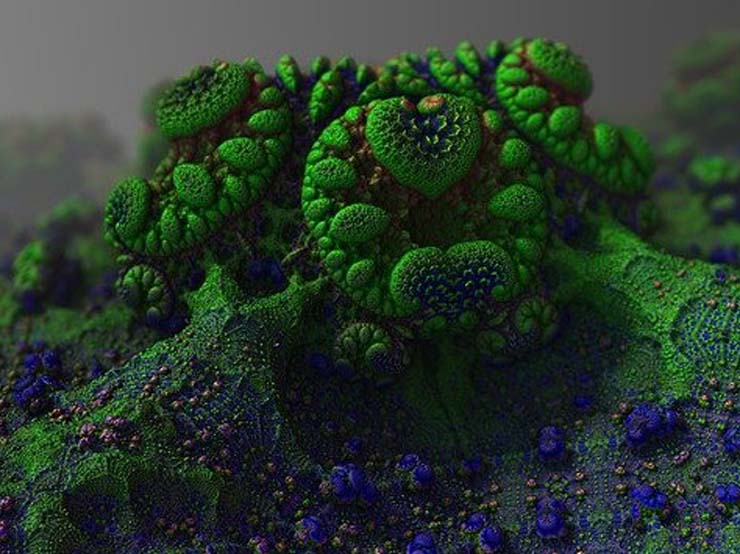








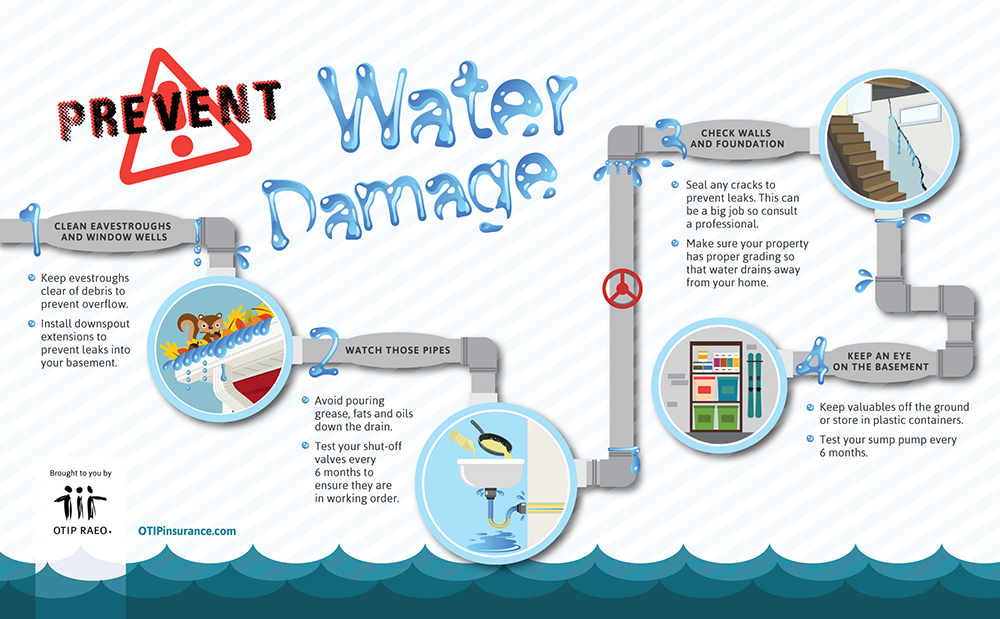

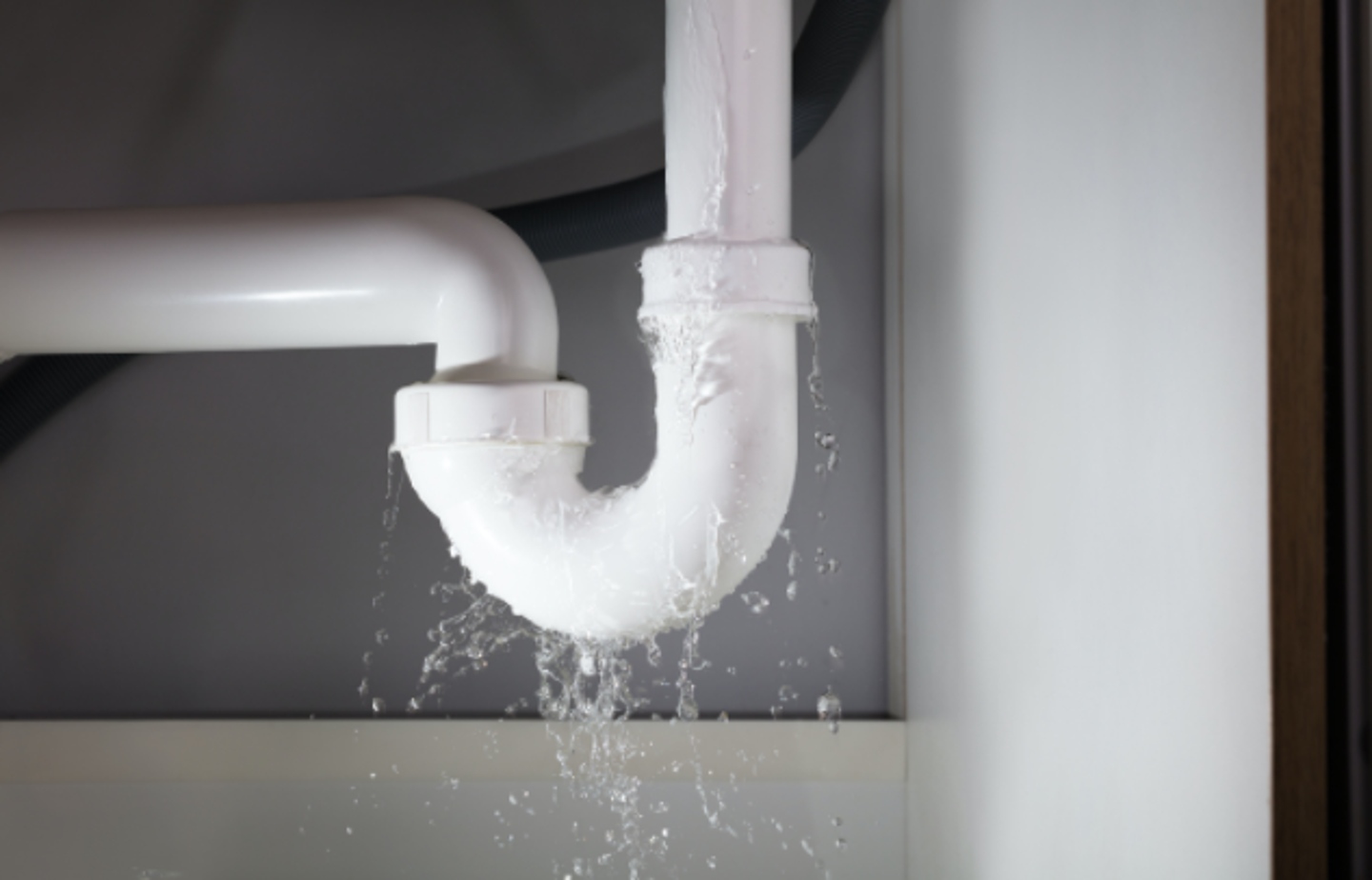


























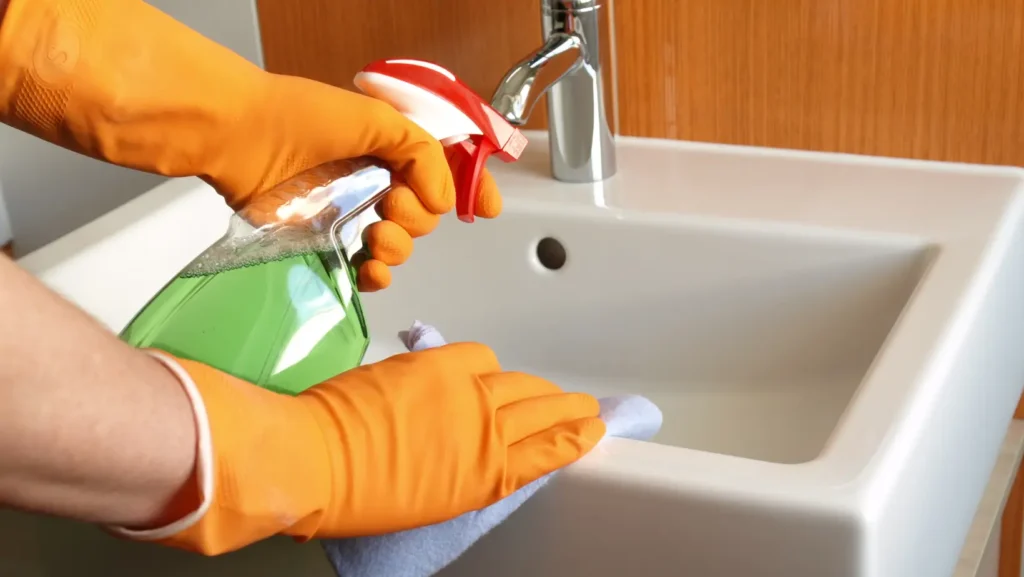












:max_bytes(150000):strip_icc()/identifying-mold-vs-mildew-4799138-final-4266e4b3d84c4401a7c1d8b6835dcc97.png)
